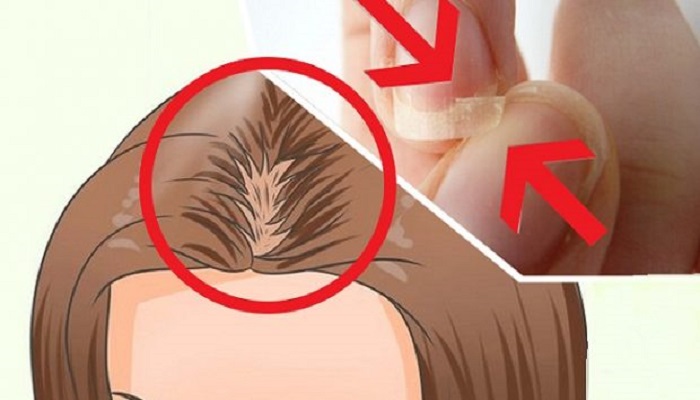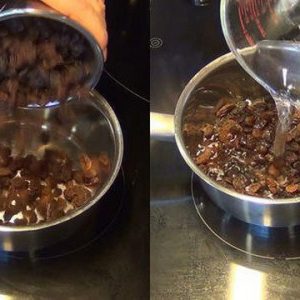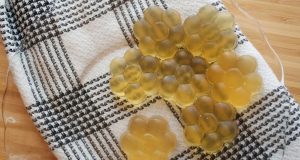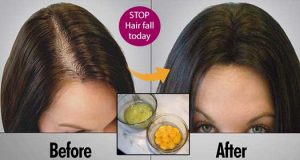Recently the concept of healthy food is something that is becoming ultra popular. Consequently more and more people are doing their best to eat healthy so, on the market shelves we can notice more and more different products labeled “healthy, “natural, “100% natural” etc. The question is though whether or how many of these products are really healthy and natural, if the same ones have been decorating the market shelves for many months, sometimes even years?
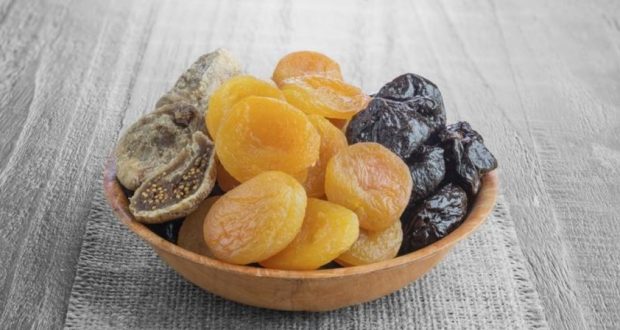
One of the such products that is strongly recommended as a healthy product is dried fruit, that can be found packaged or bulk. Basically the fruit if dried naturally without any additives or preservatives or if the additives are natural like for example lemon juice, than that is a really healthy product great for a snack. However this is the part where a problem might appear. Almost all products sold on the market whether packaged or not are dried with harmful additives – sulfates. Sulfates keep the fruit from losing its color and stop bacteria growth.
Sulfates used for this purpose are the following: sulfur dioxide (E-220), sodium sulfate (E-221), sodium bisulfate (E-222), sodium metabisulfate (E-223), potassium metabisulfate (E-224), calcium sulfate (E-226) and calcium bisulfate (E-227). Of course some of them are permitted and are within the production of organic food.
Sulfur dioxide is a poisonous gas used for preserving in dried fruit production, also in fruit juices, fruit, cereal for breakfast, many processed snacks, including cookies, nonalcoholic drinks, alcoholic beverages, sour cabbage, meat, salads, granola bars, yogurt, ice cream, sweets, frozen sweets, frozen french fries, bread, margarine and gluten-free flour. It is also used in the process of production of wine, vinegar, corn syrup, corn starch and corn syrup and glucose syrup. It might be useful for you to check the labels and the declaration of food for presence of sulfates, sulfate dioxides and E numbers within the range of E-220 to E-228. Still, the companies are obligated to list the sulfates like an ingredient only if the quantity is bigger than 10 ppm.
The process of preservation of food with sulfur dioxide is intended to secure longer period of use, to destroy harmful bacteria which could grow on the food to secure a longer period of use, but also to help the food products to keep their perfect visual look. It is industrially produced as an alternative for whiteness, and for production of sulfates for preservation of food. When consumed within the human body it inhibits specific nerve signals, it limits the lungs function and is a direct allergen. Over 65% of asthmatic kids are sensitive of SO2 (World Health Organization, 1992), and also has a negative impact over 70% of the kids which have attitude problems.
Even a small quantity of sulfates could initiate large health problems including problems with respiration, allergies which could be life threatening, and rarely – death. Only a few of the people with asthmatic diagnosis have an immediate reaction of sulfate and therefore are aware of their sensitivity to sulfates. Asthmatics with a small degree of sensitivity don’t have an immediate reaction and they are generally unaware of their sensitivity. Although, the probability of sulfites to initiate irritation of respiratory tract without any obvious symptoms until the person affected is not exposed to cold air, working out or a virus.
These information are of a special importance to people that have asthma because there is a high probability to experience undesired reactions after eating a food which contains sulfates, like for example dried fruit. From 3% up to 10% of asthmatics experience these reactions and those that have over sensitive respiratory tract, asthmatics by steroids or chronic asthma since childhood, have a bigger chance of experiencing such serious reactions to sulfates, according to a clinical research published in November, 2009.
Dry fruit is at the top of the list of food with the most sulfates, between 500 and 2000 parts per million (ppm). To compare, wine – a product which according to many has a high containment of sulfates – contains between 20 and 350 ppm. Different countries have different standards regarding sulfates.
Australian government permits up to 3000 ppm, meanwhile the British government permits up to 2000 ppm.
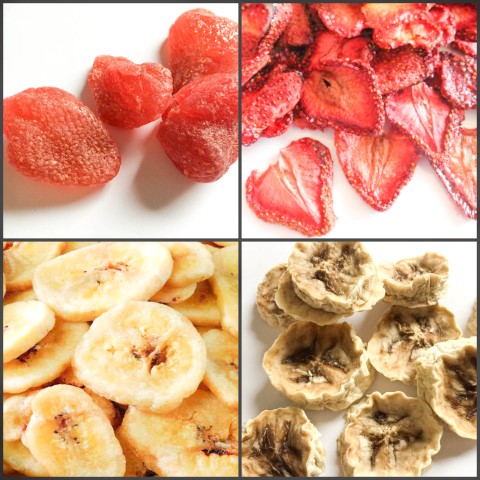

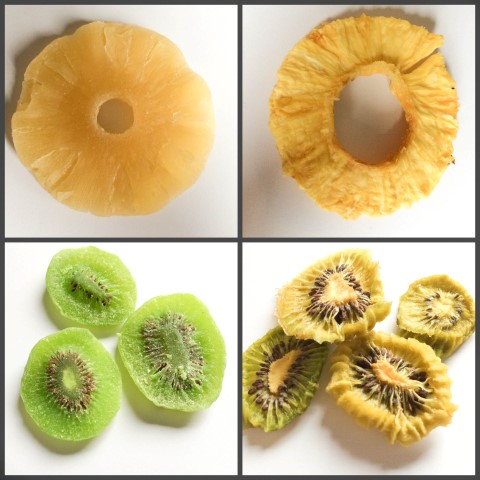
The chemical analysis of dried apricots, peaches and pears has proved an average of 2885 mg/kg sulfate. This means that in average 7.055oz pack of dry fruit will contain 4.353oz of sulfur dioxide. There are some examples below.
- Dry fruit – 16mg in one dried apricot
- Sausages – 8mg in a half skinny sausage
- Beverages – 5mg in one glass
- French fries – 1mg in 1.764 oz
Sulfur dioxide is used as a preservative because it prevents growth of bacteria, mold and fungi; and as a chemical which destroys natural enzymes of fruit that cause change of color, maturing and rotting after harvest. Instead, fruit is packed and stays “fresh” on the market shelves for a long period of time.
With these characteristics, sulfur dioxide blocks the absorbance of nutrients of the same fruits during the process of digestion in the digestive organs. If used for a longer period of time, it can be responsible for: cardiovascular diseases, diseases of gastro-intestinal tract and of the liver, neurologic disorder, irritation of the colon, skin rash, asthma, deficit of folic acid and for early death.
To avoid sulfates in food, it is best to buy fresh, unpacked and unprocessed foods which you could prepare yourself. Today, you can find dehydrators for food on the market and whose help could help you to dry food and vegetables easily, without harmful preservatives and additives.
P.S. To dispose the sulfates already accumulated in your body, it is best to use bitter salt (magnesium sulfate) in the water you bath in.

